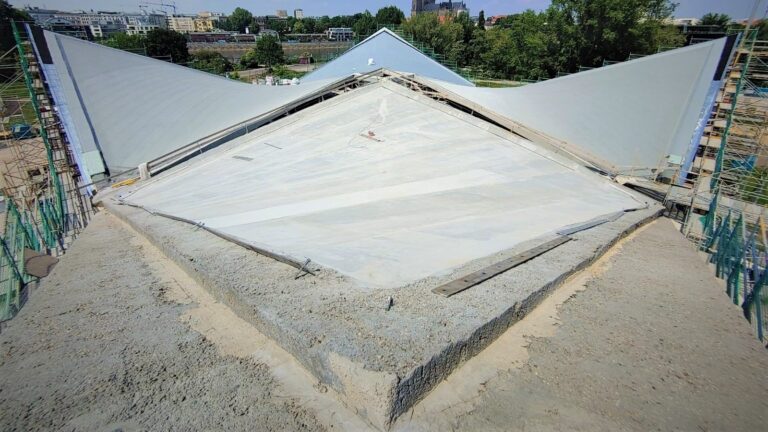
Steel Column Base
ST3
The ST3 program is used to design unbraced base plates. The base plate is supported by a mortar joint on concrete.
Discover now more programs from the section Steel!
SHOW MOREMaterial
- Structural steel: S235, S275, S355, S450
- Annealed steel (S275N – S460N)
- Thermo-steel (S275M – S460M)
- Weathering steel (S235W – S355W)
- High-temperature steel (S460Q – S460QL1)
- Hollow section, hot-finished (S235H – S355H)
- Hollow section, hot-finished, fine-grain (S275NH – S460NH)
- User-defined steel
- Reinforced concrete: C12/15 to C50/60
- User-defined concrete
Structural system
Available systems:
- Base plates with tie rods and shear cleats, if required
Cross-sections:
- Column
- I-sections, square, rectangular, and circular hollow sections as standard shapes
- Double T-sections, rectangular and circular hollow sections as user-defined shapes
- Base plate
- Flat steel as standard shape
- Rectangular solid section as user-defined shape
- Shear cleats
- Flat-steel connectors
- Profile dowels (standard I-sections or user-defined I-sections
Loads
- Optionally, design internal forces or characteristic internal forces from axial force, moment (My) and shear force (Vz, Vy (only considered in the shear connector design)).
- Multiple combinations of design internal forces can be entered.
Design
As a standard, a verification of the plastic cross-sectional resistance is performed for the column section and the shear connectors in accordance with EN 1993-1-1. Optionally, the user can verify the cross-sections for their elastic resistance. The verification of the base plate and the anchors is based on the component method as per DIN EN 1993-1-8. The shear forces can be transferred via friction or mechanical shearing protections (profile or flat steel dowels).
Furthermore, the weld seams (circumferential fillet welds) in the joint of the column and the base plate as well as in the joint of the base plate and the connector are verified. If pure compressive effects of actions occur, the verifications of the base plate according to DIN EN 1993 can also be performed for circular and other hollow sections.
In combination with DIN 18800, the calculation of the maximum tie rod force at the base plate under moment action is performed according to Kahlmeyer or Thiele/Lohse.
Document file formats
- Word
- Printer
Output
- User-defined output scope
Import options
- ASCII-file
Export options
- ASCII-file
- DXF-file
Steel construction
- DIN EN 1993
- ÖNORM EN 1993
- DIN 18800
News

“With the FRILO Suite, we benefit from the use of all programs”
With the switch to the FRILO Suite, the engineering office concon has decided to rely on the FRILO subscription model. The reasons of the long-standing customer are manifold.

FRILO & CARBOrefit® | The calculation with carbon concrete pays off
With CARBOrefit® an process that enables renovation and reinforcement with carbon concrete has been integrated into the FRILO Software.




